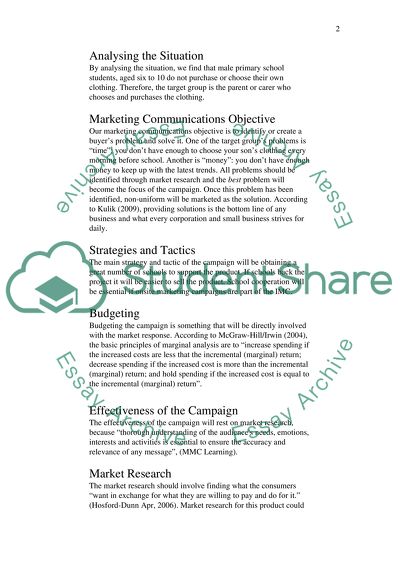Cite this document
(Analysis of the Marketing Communications Campaign of GAP Case Study, n.d.)
Analysis of the Marketing Communications Campaign of GAP Case Study. Retrieved from https://studentshare.org/marketing/1560933-analysis-of-the-marketing-communications-campaign-of-gap-clothing-brand
Analysis of the Marketing Communications Campaign of GAP Case Study. Retrieved from https://studentshare.org/marketing/1560933-analysis-of-the-marketing-communications-campaign-of-gap-clothing-brand
(Analysis of the Marketing Communications Campaign of GAP Case Study)
Analysis of the Marketing Communications Campaign of GAP Case Study. https://studentshare.org/marketing/1560933-analysis-of-the-marketing-communications-campaign-of-gap-clothing-brand.
Analysis of the Marketing Communications Campaign of GAP Case Study. https://studentshare.org/marketing/1560933-analysis-of-the-marketing-communications-campaign-of-gap-clothing-brand.
“Analysis of the Marketing Communications Campaign of GAP Case Study”. https://studentshare.org/marketing/1560933-analysis-of-the-marketing-communications-campaign-of-gap-clothing-brand.


